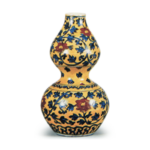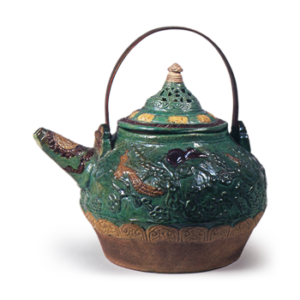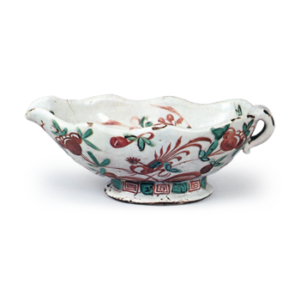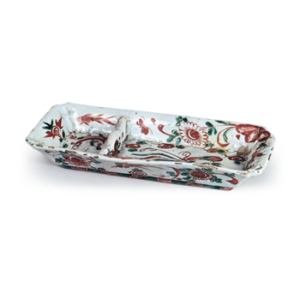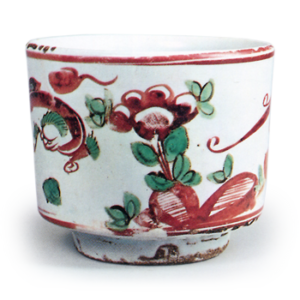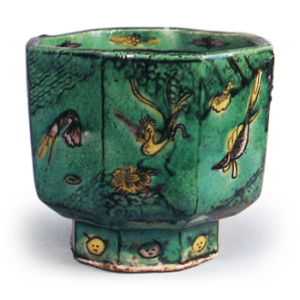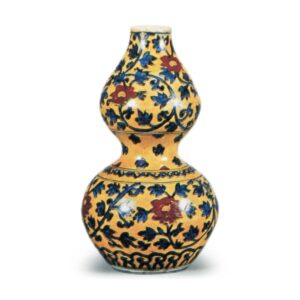
Porcelain fired in Jingdezhen during the forty years of the Jiajing period (1522-62) of the Ming dynasty in China. Many of the underglaze blue and other wares from this period are worthy of praise.
The blue and blue enamel ware of this period is exclusively Kaihatsu (blue and blue). According to “Jikimono konzhu,” during his tenure as governor of Yunnan in the Shoutoku era (1506-21), Daqing acquired foreign huiqing and at first imitated it as jewelry, but eventually learned that it could be used to produce qinghua (blue and white flowers) for porcelain. The Jiajing blue and white porcelain is extremely beautiful because it is made from the same material, and Westerners describe it as violet blue.
This huiqing was used until the beginning of the Manryei period (1573-1620). In “A Chronological Study of Chinese Ceramics,” it is written, “At the end of the 38th year of Jiajing, there was a large import of Huiqing blue via the Tianshan North Road. The works before that time were often blackish, which might be due to the lack of Huaiqing, as well as the underglaze blue of the Zhengde period.
The famous red clay of the Xuande kilns ceased to be used during the Jiajing period, and after this period, the overglaze red, or red glaze, was substituted for it. According to the “Ceramic Sermon,” the clay of the Jiajing period was inferior to that of the previous period because of the gradual scarcity of good clay from Asakura, but the “Yuu Ji” cited in the “Jingdezhen Pottery Record” states that the same thing happened in the early Wanli period as well. The Jingdezhen pottery industry was at its most prosperous during the Jiajing period, and in addition to the official kiln porcelains with annual inscriptions, many private kiln products were produced. In addition to the official-kiln porcelain with the signature of the year, many private kiln wares were produced, including most of the old red glaze and Yundang handles, as well as various types of gold brocade. (Jimonokonju, Pottery Theory, Jingdezhen Ceramic Record, Jingdezhen Ceramic Record, Jidai-teki kenkyu no jidai-teki kenkyu)

